What’s the Best Way to Prepare Plants for Your Aquarium?
Introduction to Preparing Aquarium Plants
When introducing plants into a new aquarium, preparation is key. Properly preparing your plants can make the difference between a thriving aquatic garden and one that struggles to establish.
The Importance of Aquarium Plant Quarantine
Aquarium plant quarantine is a critical first step. This process involves isolating new plants to prevent the introduction of pests and diseases into your tank.
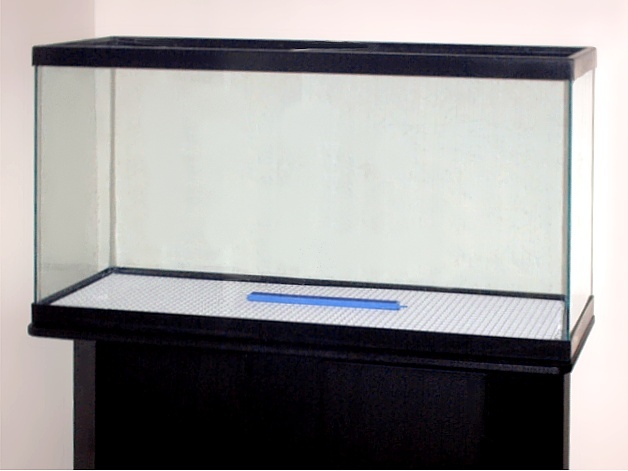
Understanding How to Prepare Plants for Aquarium
Learning how to prepare plants for aquarium life includes rinsing, inspecting for pests, and trimming dead or decaying foliage to ensure only the healthiest parts are planted.
The Process of Quarantine Aquarium Plants
Quarantine aquarium plants by placing them in a separate tank with similar water conditions. This allows you to observe the plants and address any issues before they join your main setup.
Step-by-Step: How to Quarantine Aquarium Plants
Knowing how to quarantine aquarium plants means understanding the quarantine period and conditions required. Plants should be kept in quarantine for a period that allows for thorough observation without risking their health. Read our great article about when and why quarantine plants in the aquarium under this LINK!
Determining the Duration for Plant Quarantine
How long should I quarantine new aquarium plants? This depends on the type of plants and where they were sourced. A period of one to two weeks is typically recommended.
Benefits of CO2 Injection in Planted Aquarium
Integrating new plants into your aquatic environment with the aid of CO2 injection can significantly boost their acclimation and health. Freshly added plants often require a period to adjust to the water parameters and lighting conditions of a new aquarium.
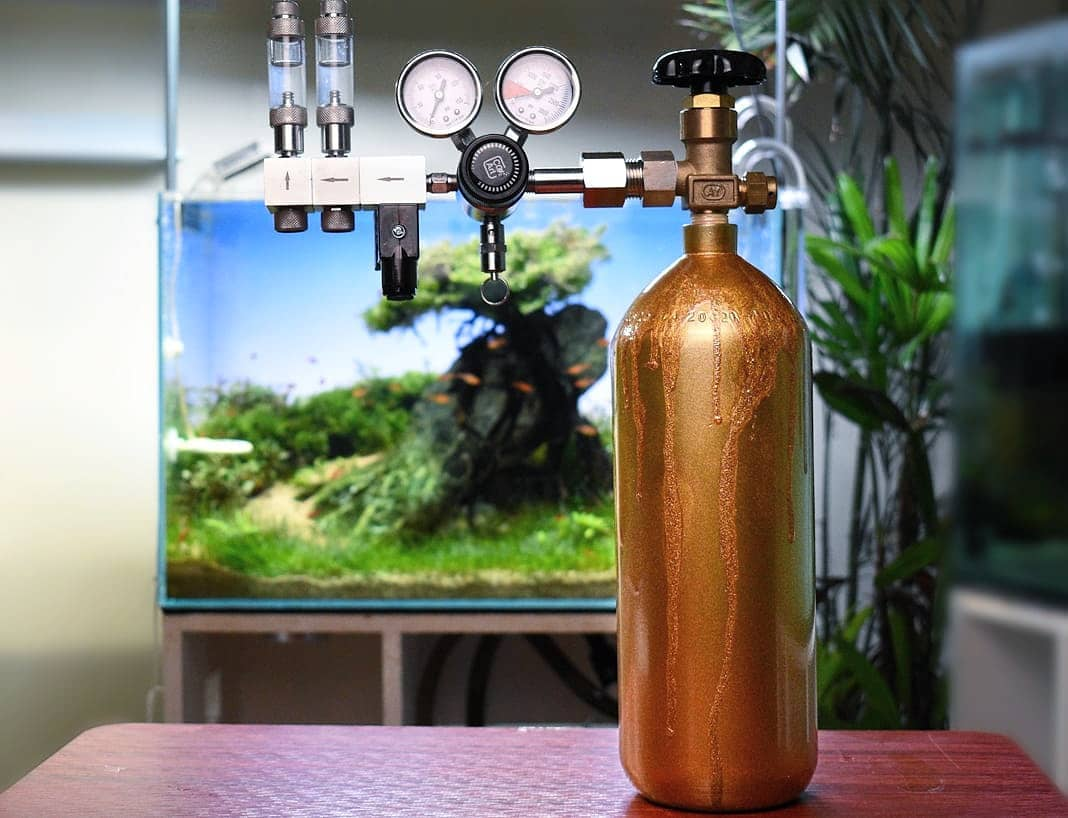
CO2 injection provides these aquatic plants with an abundant source of carbon, which is crucial for photosynthesis, especially during this vulnerable phase. A well-regulated supply of CO2 helps to establish robust root systems quickly, encourages lush foliage growth, and can give new plants the vigor they need to resist algae competition and potential stress in their new tank environment.
Preparing the Water for Your Aquatic Plants
Properly preparing the water in your aquarium before introducing new plants is a step that cannot be overlooked. The quality and condition of the water column are the foundation for healthy plant life. When using tap water, it's imperative to treat it to remove any chlorine, chloramines, and other potentially harmful chemicals that could damage delicate plant tissues. These treatments will make the dechlorinated water safe for your plants and help ensure they do not suffer from the shock upon being introduced to their new aquarium.
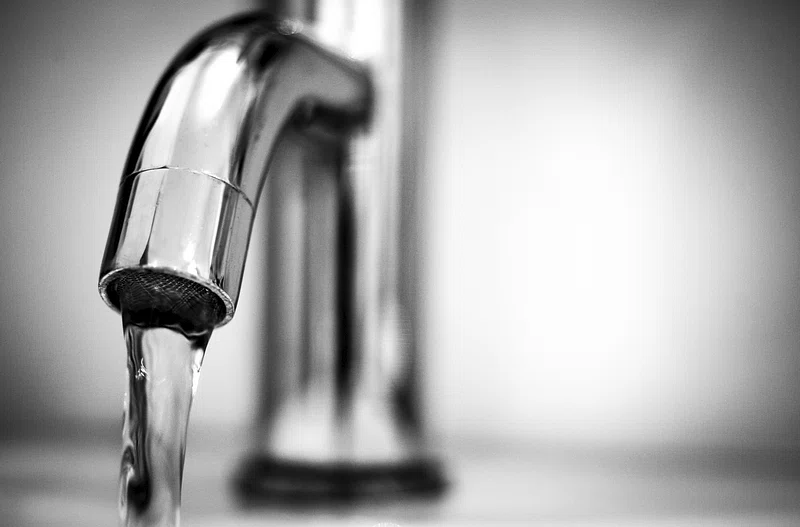
Equally important is adjusting the water to the appropriate temperature, pH, and hardness levels to match the needs of the plants you're adding. New plants can be sensitive to drastic changes in water parameters, so matching these as closely as possible to the conditions they were grown in can ease their transition into your tank.
Additionally, consider the aquarium's nutrient levels. While plants require a range of macro and micro-nutrients for optimal growth, beginning with a balanced environment will prevent nutrient deficiencies or toxicities. For some plants, particularly those that are heavy feeders, adding a base level of potassium fertilizers can be beneficial, ensuring that they have access to this vital nutrient from the start.
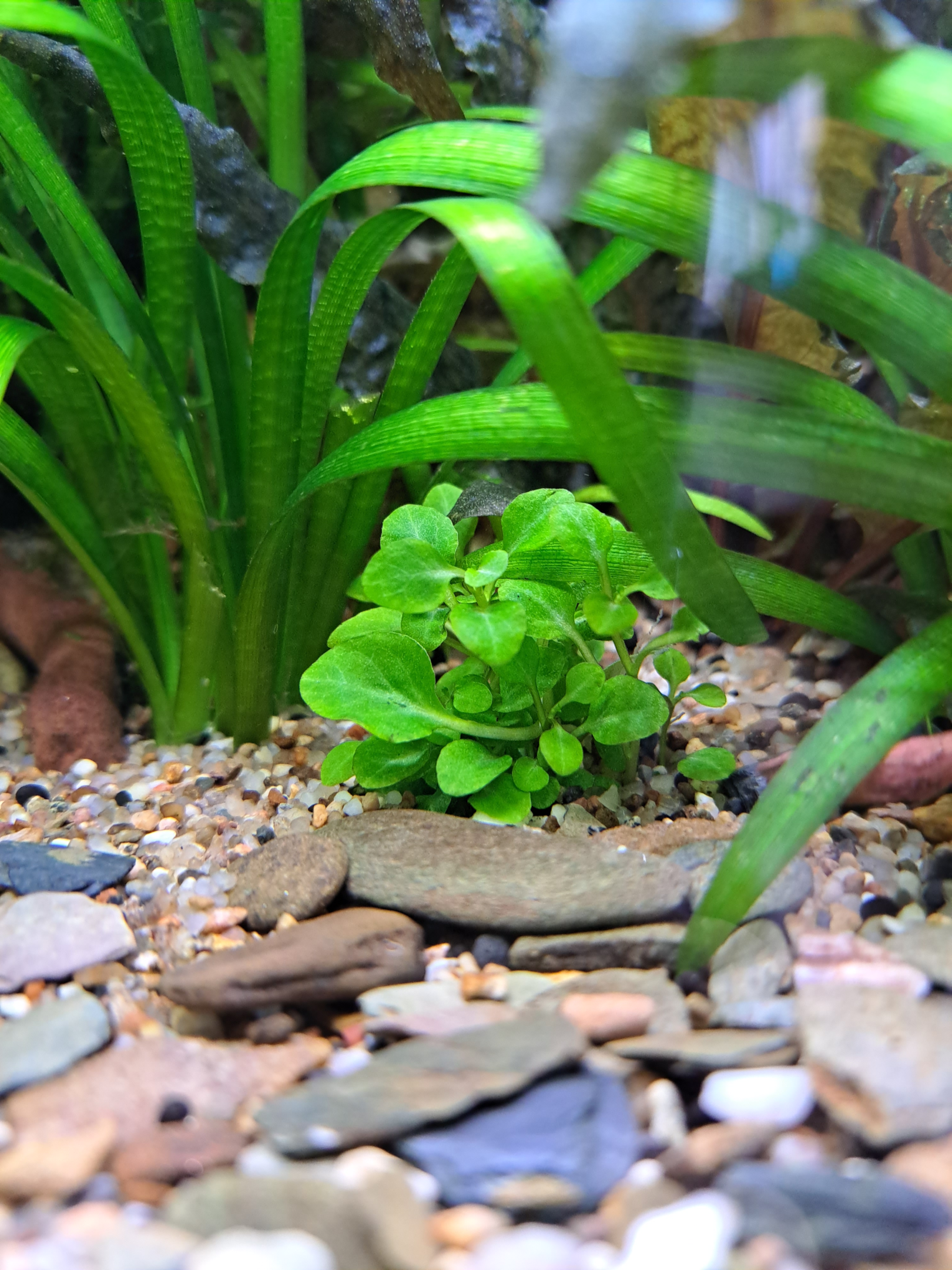
In the context of CO2, ensuring that the water is well-oxygenated while also maintaining the right amount of dissolved CO2 will promote healthy plant growth and gas exchange. This is especially vital in the initial stages of planting, where plants need to establish themselves and begin the process of photosynthesis efficiently.
Lastly, performing regular water changes during the initial period can help stabilize the water parameters and clear out any detritus or excess nutrients that might lead to algae growth. Each of these steps is crucial in creating an ideal aquatic environment that supports the health and vitality of newly introduced plants.
Planting Your Aquarium Plants
The planting process is more than just placing plants in the substrate. It involves careful positioning to ensure that each plant has enough space to grow and access to light.

Creating an Ideal Environment for Plant Growth
An ideal environment includes balanced lighting, nutrient-rich substrate, and stable water parameters. This is where CO2 injection can be particularly beneficial, supplying plants with a vital resource for photosynthesis.
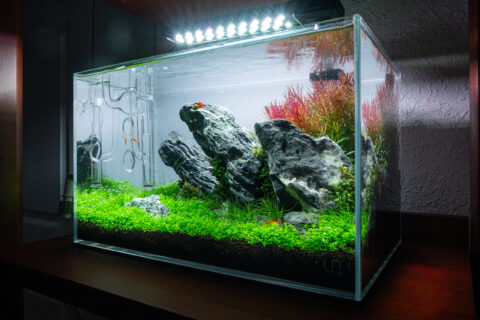
Monitoring Your Plants After Planting
After planting, keep a close eye on your plants for signs of stress or algae growth. This period is critical for their acclimation to the new aquarium. Try to find balance between the light period, CO2 injection, temperature and nutrients and your aquatic plants will surely reward you with their beauty!
Conclusion: A Healthy Start for Your Aquarium Plants
Preparing plants for your aquarium with careful quarantine practices and CO2 supplementation sets the stage for a lush, healthy underwater ecosystem. With the right preparation, your aquarium will become a thriving display of aquatic life.



